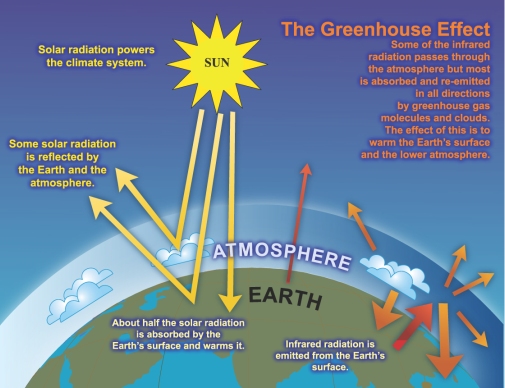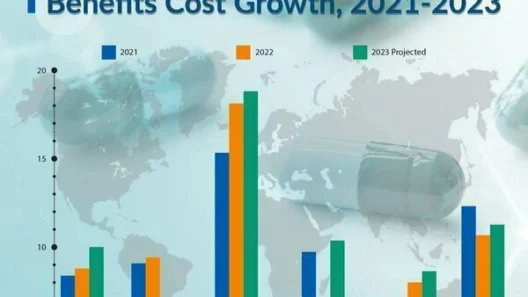As urban centers burgeon, they exert an immense influence on the planet’s climate. Cities, often characterized by their dense populations and extensive infrastructure, contribute significantly to greenhouse gas emissions. Yet, amid the daunting challenges posed by global warming, municipalities possess a unique capacity to mitigate their environmental impact. This article explores the multifaceted strategies urban areas can adopt to minimize their carbon footprint, engage local communities, and foster sustainable practices.
To begin with, the inevitability of urbanization necessitates a fundamental rethinking of how cities operate. The building sector is one of the major contributors to carbon emissions, accounting for approximately 40% globally. Consequently, adopting greener architecture that prioritizes energy efficiency is imperative. This encompasses the utilization of sustainable materials, the integration of energy-efficient appliances, and optimal insulation practices. The concept of “green buildings” not only reduces energy consumption but also enhances the quality of life for its inhabitants.
Moreover, cities must advance their public transport systems. Cars, while convenient, are a primary contributor to urban air pollution and greenhouse gas emissions. Investing in reliable public transportation options—such as buses, trams, and subways—can substantially lessen urban traffic congestion. A robust public transportation network encourages residents to opt for shared mobility solutions rather than single-occupancy vehicles. In addition, implementing dedicated bike lanes and pedestrian pathways fosters active transportation, promoting health and reducing environmental impact.
The role of urban planning cannot be overstated. Cities can mitigate their ecological footprint through conscientious zoning laws that enhance mixed-use development. Creating neighborhoods where residential, commercial, and recreational spaces coexist minimizes the need for long commutes and fosters a sense of community. Furthermore, incorporating green spaces—parks, community gardens, and urban forests—into city layouts can improve air quality, provide recreational opportunities, and support biodiversity. These natural elements are vital in combating the urban heat island effect, wherein cities experience elevated temperatures compared to surrounding rural areas.
Another significant approach is the promotion of renewable energy sources. By transitioning from fossil fuel-based energy systems to solar, wind, and geothermal power, cities can dramatically decrease their carbon emissions. Local governments can incentivize the installation of solar panels on both residential and commercial properties, creating a decarbonized energy grid that is largely independent of non-renewable sources. Furthermore, cities can invest in community energy projects that empower residents and businesses to participate in the renewable energy transition, fostering local resilience against climate variability.
Implementing waste reduction strategies remains a crucial component of urban climate initiatives. Landfills account for a considerable portion of methane emissions, a potent greenhouse gas. Cities can mitigate waste production through comprehensive recycling programs, composting initiatives, and educational campaigns that encourage responsible consumption habits. Implementing circular economy principles—where materials are reused, repurposed, and recycled—ensures that resources are utilized efficiently, ultimately reducing landfill contributions. Such initiatives not only have environmental benefits but also foster economic opportunities through job creation in the recycling and waste management sectors.
Additionally, cities play a pivotal role in engaging their residents through climate literacy and grassroots activism. Local governments can facilitate community workshops, information sessions, and school programs that educate citizens on climate issues and actionable steps they can take. By empowering citizens with knowledge and resources, cities foster a culture of sustainability that transcends individual efforts—creating a collective commitment to combating climate change. Collaboration with local organizations and environmental groups can amplify these efforts, ensuring that diverse voices are heard and integrated into climate action strategies.
Moreover, cities should consider adopting innovative technological solutions that promote sustainability. Smart city technologies—like sensors for waste management optimization, traffic flow monitoring, and energy consumption tracking—can enhance operational efficiency. Automated systems can provide data to city planners, enabling them to make informed decisions that align with sustainability goals. Moreover, participation in global networks can catalyze the exchange of best practices and innovative ideas, further propelling local initiatives.
Governmental policies are equally critical in shaping urban responses to climate change. Policies that support sustainable practices—such as tax incentives for renewable energy investments or regulations that mandate energy efficiency in building codes—can significantly affect urban climate strategies. For effective implementation, collaboration among local, state, and federal entities is paramount. Only through cohesive and comprehensive policy frameworks can cities effectuate meaningful change.
In conclusion, while the challenge of global warming looms large, cities are uniquely positioned to lead the way in local climate action. By leveraging sustainable architectural practices, enhancing public transportation, advocating for renewable energy, implementing waste reduction programs, promoting climate literacy, and employing technological innovations, urban centers can significantly curtail their carbon emissions and foster resilient communities. The path to sustainability is not only about acknowledging responsibility but also about embracing opportunities for transformation. With concerted effort and commitment, cities can become exemplars of innovative climate action, ultimately contributing to a more sustainable and equitable future for all.







